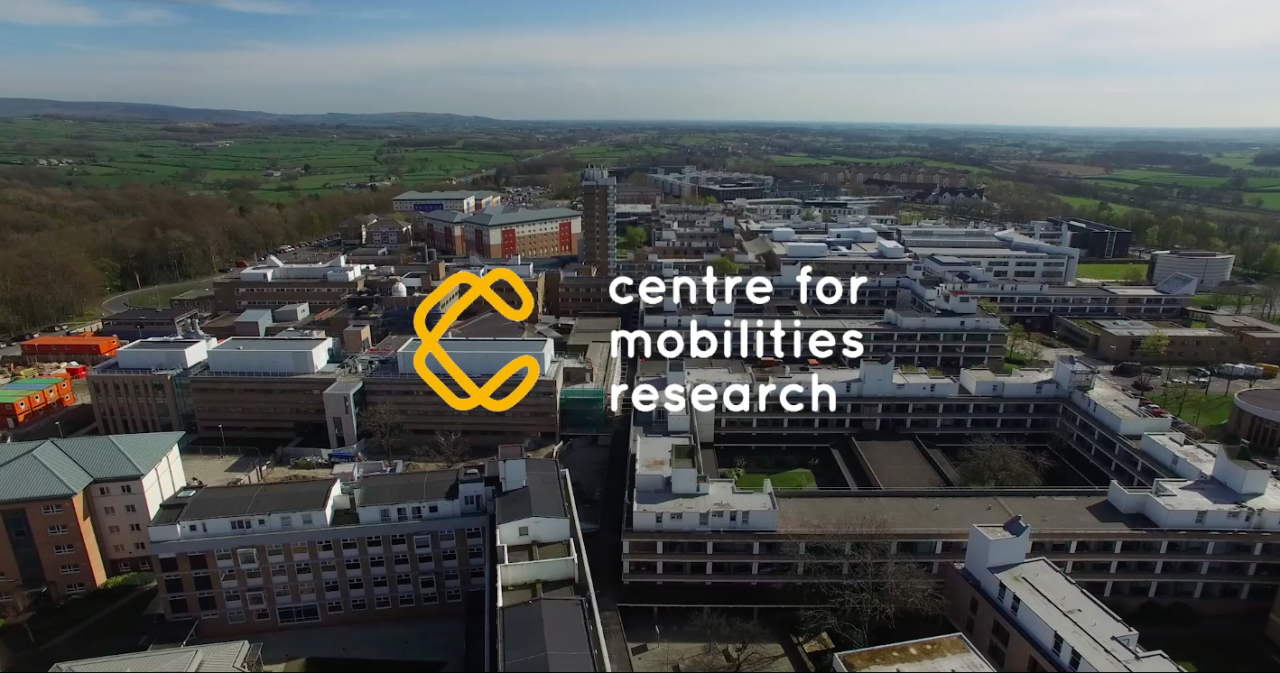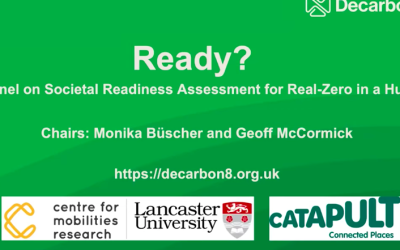How is my car seeing the road? How is it processing what is happening around it? Who is also helping me drive? Today’s car ride entails a multitude of computer-mediated manoeuvres and routing procedures, with a car processing various probe data such as road traffic and car speed. Moreover, behind the software that helps navigate the car, sit a team of software engineers who attempt to optimise a route – helping reduce the number of factors that can affect how a car gets from point A to B.
In this experiment we will we zoom in on one of the processes of a car’s navigation system – the estimated time of arrival (ETA) prediction system.
In order to gain an relatively accurate ETA, the developers building this feature in any in-car navigation system need to calculate the sum of the following factors: a) the car’s speed, b) the length of the roads being traveled on, c) the traffic data d) the turn cost (the amount of right turns and left turns in the route, with a left turn taking longer than a right turn). As a car doesn’t travel in a bubble, the software developer also takes into account that various problems can mess up this data: a) the driver does not listen to the routing guidance b) the driver is engaged in a certain action that makes them slower than the average driver, c) the driver is engaged in a certain action that makes them faster than the average driver, d) the weather c) the driver arrived at a red light, and subsequently keeps getting red lights throughout their route. The list can go on.
Bringing in a unique perspective of a software developer and data scientist – Pedro Campos – who builds in-car navigation systems, this experimental ‘game’ will help uncover some of the logics of computer mediated automobility. Prior to the workshop, the organisers of this game will set up a walking route, which aims to simulate a driving route. Each driver will receive a list of instructions on the route to take. Along the route, they will have to calculate their GPS probe data (which will help assess the speed of their driving), their turn costs, as well as the length of road. Before beginning they will also be given a “Problem” (ex. You are arguing with your partner over speaker phone, making you slower than the average driver). Each driver will, in the end, explain how long it took them to get from start to finish. The game will be proceeded with a short introduction by Pedro on how ETA is calculated, and the factors affecting an ETA calculation.




